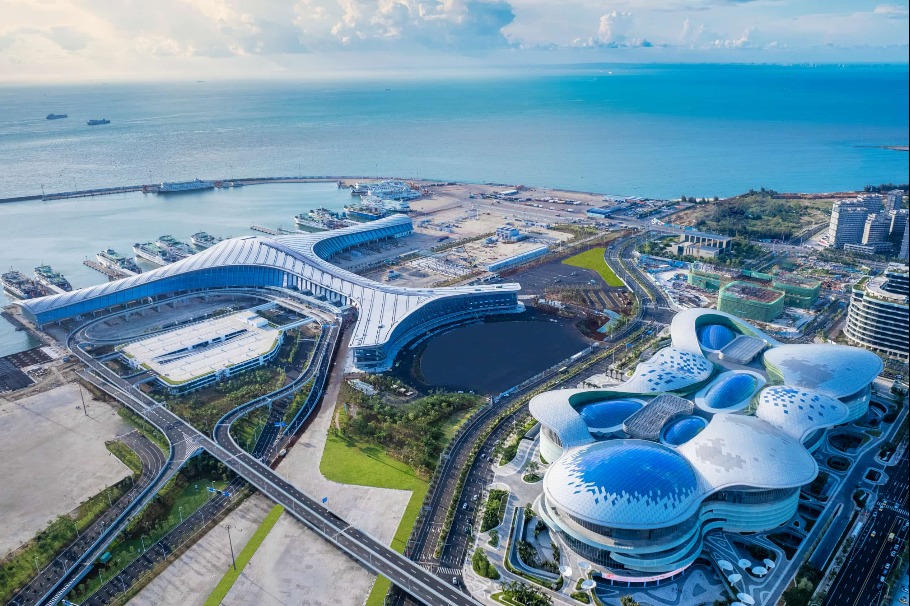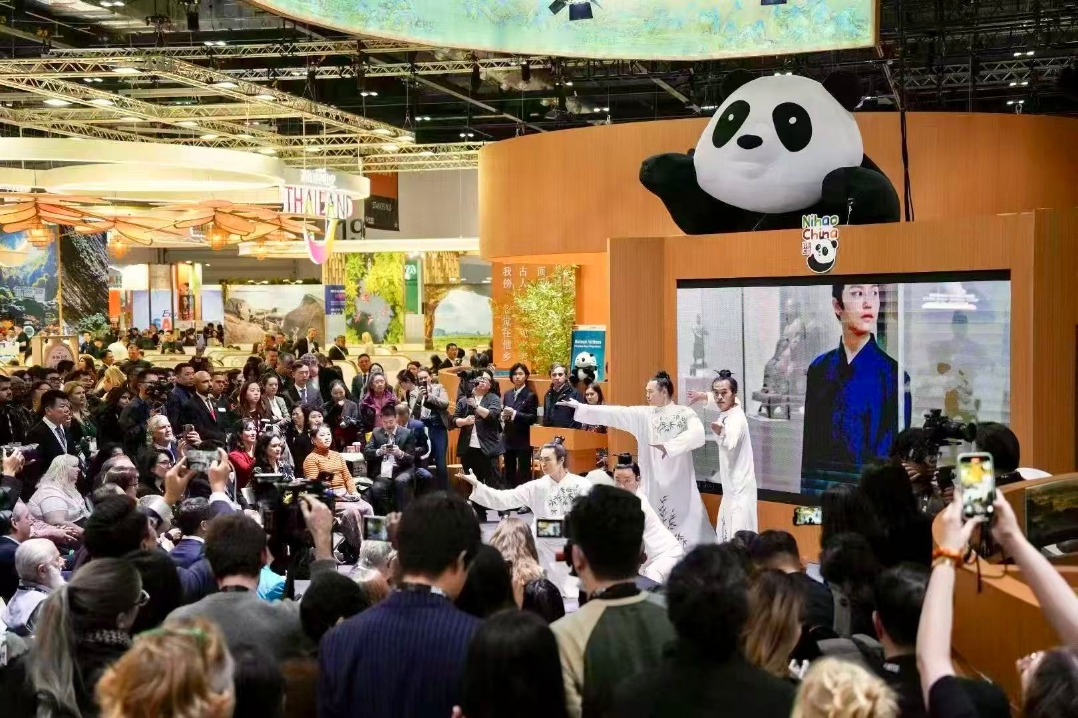New study uncovers extent of pollution from fireworks
By Angus McNeice in London | China Daily Global | Updated: 2020-01-23 17:32

Just weeks after spectacular New Year celebrations all over the world at the start of the month, a combination of Spring Festival and Australia Day means that there will be plenty more partying going on and fireworks going off this weekend.
But for many people, fireworks are not a cause for celebration – quite the opposite, according to Ajit Singh, an air pollution expert at the University of Birmingham in the United Kingdom, because of the environmental damage they do.
"Studies have linked emissions from fireworks to health issues, especially in children, the elderly, and people with respiratory conditions," Singh told China Daily.
Singh and his colleagues recently published a systematic review of dozens of international studies into air quality around major festivals.
It revealed that the concentration of air pollutants during and immediately after fireworks events is frequently between two and eight times higher than average.
"While sources of particulate matter such as power plants and vehicles are of concern, events with fireworks and bonfires can increase ambient particulate matter levels and lead to short-term adverse effects on air quality, visibility, and human health," said Singh, whose research was published in the journal Atmospheric Research.
In some of the studies reviewed, fireworks emissions were found to contribute to between 2 and 4 percent of total daily mortality in cities holding major events.
Singh suggests that municipal air quality alerts ahead of fireworks events could help ensure that exposure is minimized.
"We could alert people when we know these kinds of conditions might happen, and if you are a more sensitive person, then you could choose to not go outside," Singh said.
He is also calling for more research into the health impact of fireworks, which could inform authorities looking to regulate both emission levels and the composition of fireworks.
During India's Diwali festival, which falls in October or November, in some cities fireworks emissions have led to a 40 percent increase in reports of breathing difficulties.
Unfavorable winds meant the recent New Year's Eve fireworks display in London was greatly obscured by smoke. As well as disappointing spectators, it triggered London's first major New Year's Day air quality alert since the 1990s.
Gary Fuller, senior lecturer in air quality measurement at King's College London, calls fireworks "our prettiest pollutant".
"Fireworks are great fun," he wrote in academic news network The Conversation. "But there is an environmental price to pay. Researchers in London have collected airborne particles from Diwali and Guy Fawkes (Britain's Nov 5th Bonfire Night). These were found to deplete lung defenses far more than pollution from traffic sources, suggesting a greater toxicity."
Fireworks have come a long way since their invention during China's Song Dynasty (960-1279). Back then, fireworks were made by inserting gunpowder, a mixture of sulfur, charcoal and potassium nitrate, into bamboo stems. Today, a medley of additional elements is used for color and effect.
Singh says after major firework events, dramatically increased levels of metals such as barium, copper, chromium, aluminum, potassium and strontium are detectable in the air.
The majority of studies on fireworks emissions have been conducted in India and China. In China, this has led to regulatory action, significantly reducing particulate matter levels related to pyrotechnics.
During last year's Spring Festival, restrictions on fireworks led to the overall air quality improving across 338 cities in China, according to the country's Ministry of Ecology and Environment.
A study from Beijing Normal University showed that firework management in and around the city led to a 73 percent decline in firework-related particulate matter during Spring Festival celebrations in 2018, compared to 2016. Several cities in China and elsewhere have used laser shows and drone displays as an alternative to fireworks.
"Reusable drones promise a way to satisfy at least some of our desire for awe and wonder with lower cost and risk," said Chris Haley, head of new technology at UK innovation foundation Nesta.
Beyond the pollution issue, the National Health Service says each year around 5,000 people in the United Kingdom are injured by fireworks, and Haley believes firework displays will be increasingly phased out as safer alternatives emerge.
























